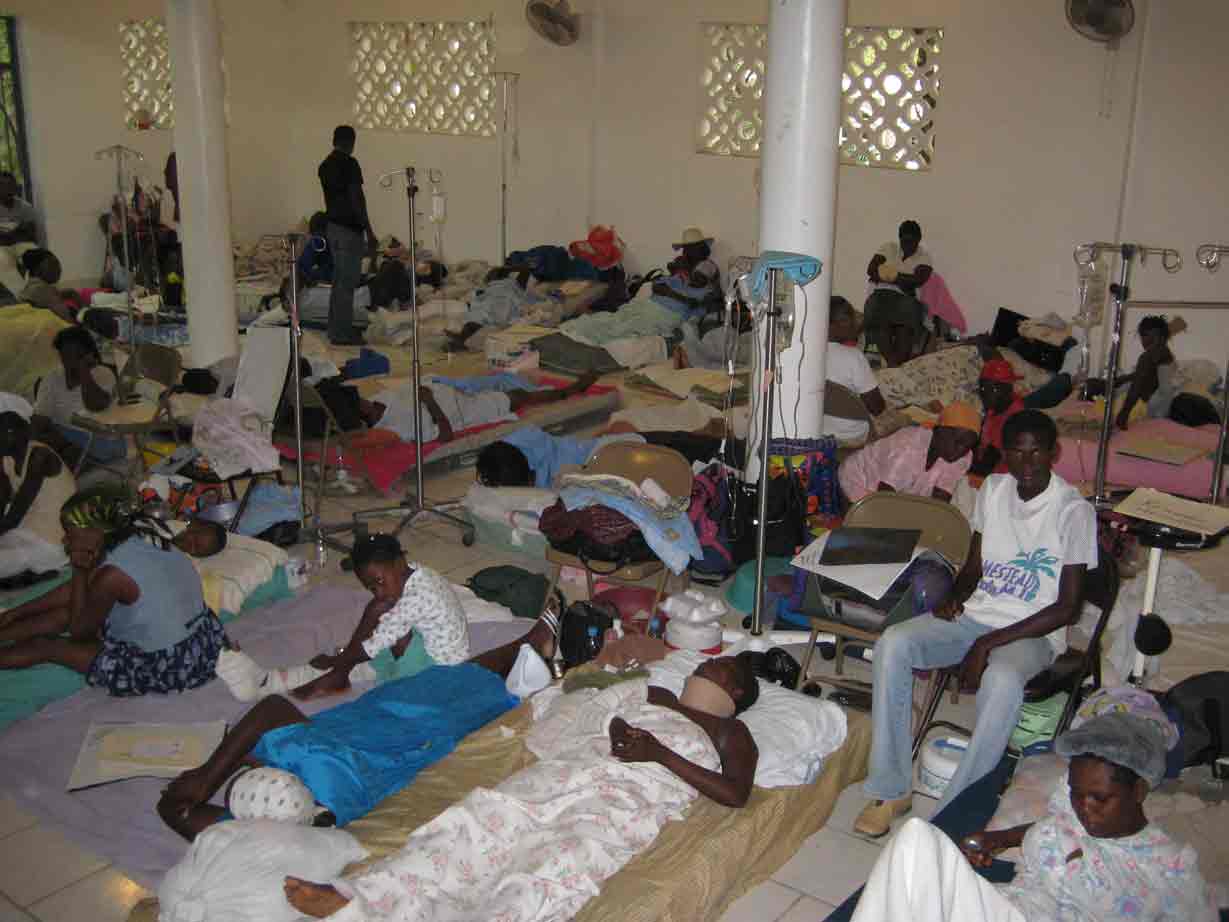Why HOBHH?
Haiti made global headlines following a major earthquake in 2010, which claimed over 200,000 lives and left countless others homeless, and without access to clean water and sanitation. The World Health Organization (WHO) had coordinated the establishment of 17 field hospitals to provide emergency care, but inclement weather and civil unrest complicated the process. Physicians from numerous humanitarian organizations from around the world were rushed in to join the rescue effort and provide medical care.
Haiti’s health care infrastructure suffered from systemic damage from the quake; according to the WHO, eight hospitals were completely destroyed and at least 22 suffered from serious damage.
More than a decade later after the earthquake, the healthcare system in Haiti is still in very bad shape, Haiti spends 7% to 11% of its national budget toward health care. Of this amount, 80% is used for salary leaving the remains 20% for furniture and drugs. Much help comes from foreign countries such as U.S., Canada, France, Cuba, others. Health care is listed as number eight on the list of government priorities behind education, agriculture, sanitation, roads, etc. The traditional low revenue collection rate (roughly 9% of the GDP) constrains Haiti in its ability to provide social and healthcare services and invest in physical and human capital. The government relies on formal international economic assistance for fiscal sustainability.
The Earthquake further exacerbated the need of basic humanitarian healthcare, following an assessment of long-term needs, a group of Haitian professionals in Boston decided to form a nonprofit organization to address pre-existing issues and the emerging healthcare crisis. Thus, the Haitian Organization to Build Hospitals in Haiti (HOBHH), was formed to assist in improving the healthcare system in Haiti by building hospitals.
Leadership
HOBHH wants to develop programs and workshops that will alter the course of health education throughout the Haiti.
Experience
Our team experience as doctors, nurses, hospital workers put them in a unique position to capitalize on their experiences to help Haiti .
Fortitude
People of Haiti have lived in the absolute fortitude by surviving earthquakes,cyclones and other majors diseases, bringing them the best of what we have to offer together is our ultimate sacrifice.
I live not for fame, but for the people of my country – my home.
– HOBHH
Volunteer Today
We’re always looking for the community’s support to help push our campaign further than we could ever imagine. Does that sound like you? Volunteer today and be a part of change.
Join our Cause
Join our team of like-minded everyday people who simply want a better world to live in. Where every voice is heard, every hand is held, and every soul is equal. You’re invited to join our cause.




